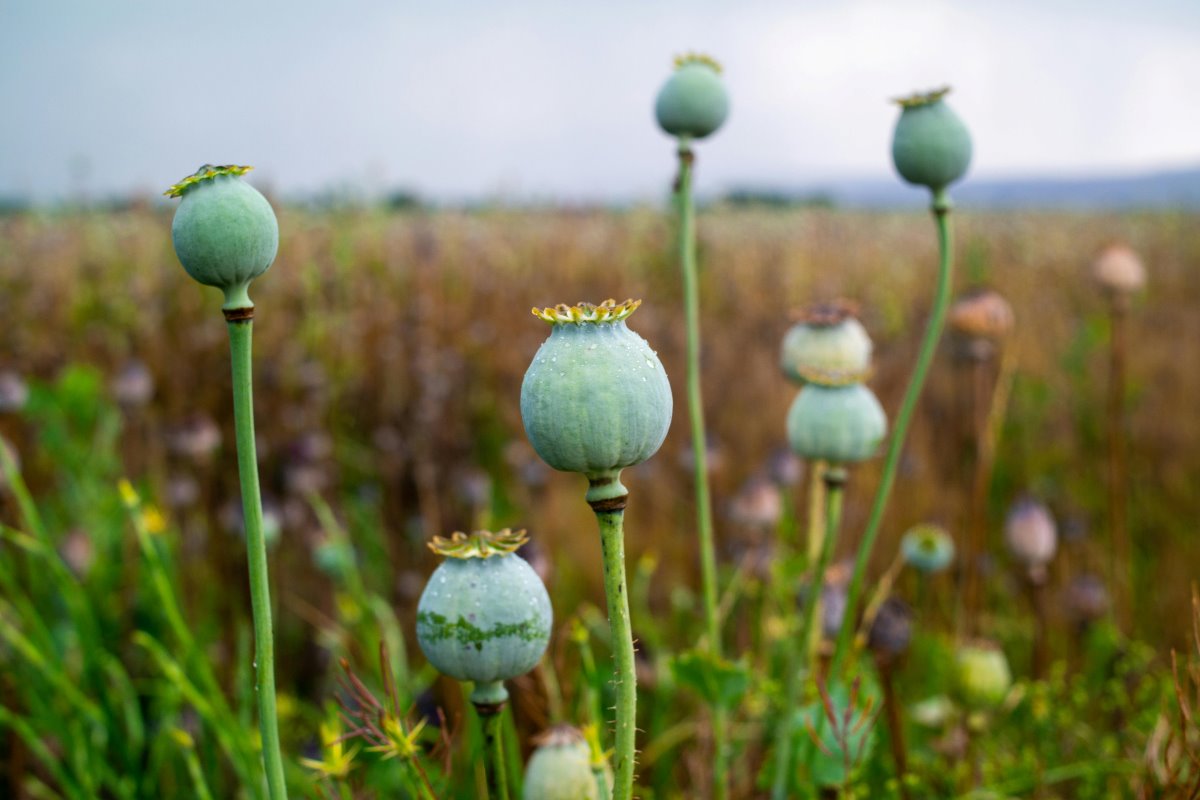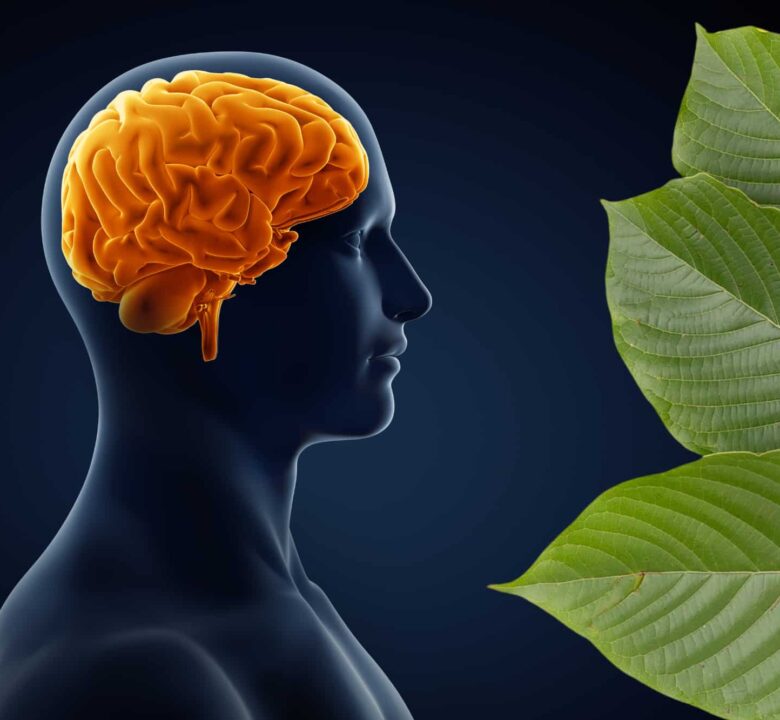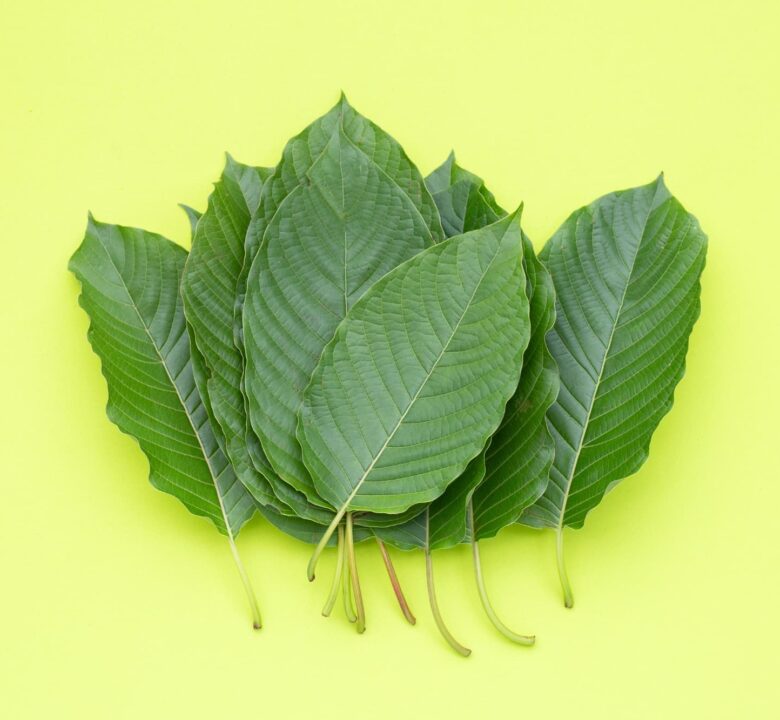
Is Kratom Addictive? Understanding the Potential for Abuse
March 1, 2024No, kratom is not an opiate, despite sharing some characteristics with this class of drugs. The indole alkaloids that are responsible for kratom’s effects are structurally and pharmacologically distinct from opiates. However, at least two of kratom’s alkaloids (mitragynine and 7-hydroxymitragynine) and probably more are partial agonists of the same μ-opioid receptor that defines opiate’s mechanism of action and psychopharmacological effects.
Moreover, there is plenty of anecdotal evidence to suggest that kratom’s interaction with the brain’s opioid receptors provides considerable pain relief for some people. Due to these similarities, kratom can be accurately described as an atypical opiate.
This label is not unique to kratom or opiates in general. Other atypical opiates include buprenorphine, tramadol, and tapentadol. Truthfully, all kinds of substances interact with our opioid receptors to some degree. That doesn’t make them opiates. Likewise, there are atypical antidepressants and atypical antipsychotics that have different mechanisms of action but produce similar therapeutic effects as conventional antidepressants and antipsychotics.
Is Kratom an Opioid? The Difference between Opioids and Opiates
We don’t want you to think we’re trying to pull a fast one on you. Kratom is not an opioid, either. In fact, it’s even less of an opioid than an opiate. That’s simply because opiates are naturally occurring compounds such as morphine and codeine. Opioids are synthetic compounds such as methadone, fentanyl, and tramadol. There are also semi-synthetic opioids that are derived from natural opiates but have distinct chemical structures. Heroin, for example, is a semi-synthetic opioid derived from morphine. Since kratom is a tree that grows naturally in Southeast Asia, it is definitely not an opioid.
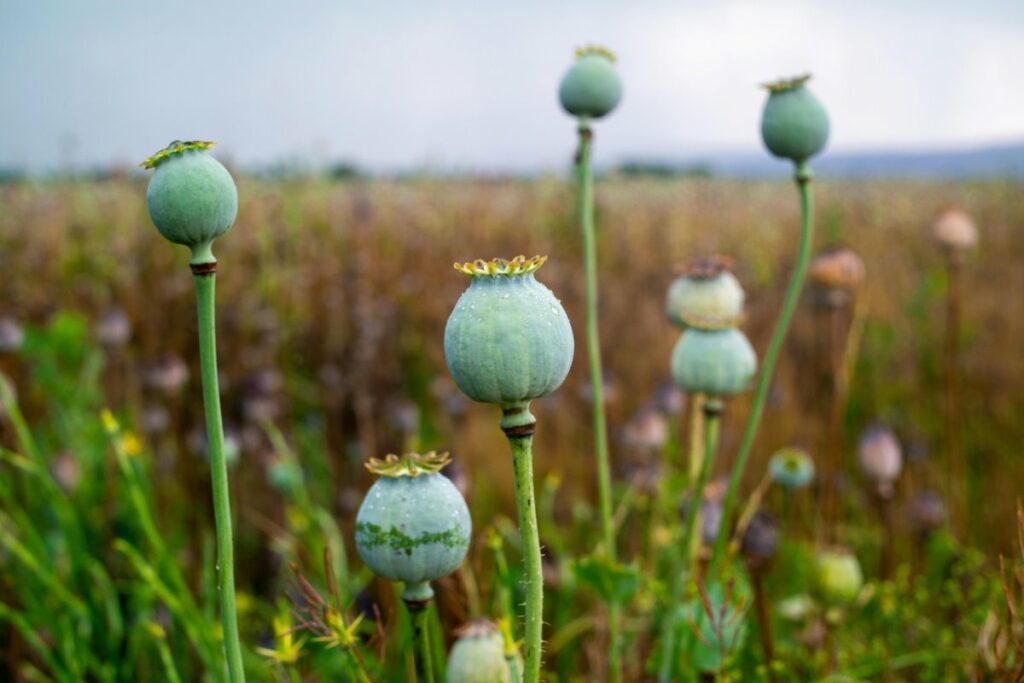
What about 7-Hydroxymitragynine? Is It an Opiate?
7-hydroxymitragynine is one of the individual indole alkaloids in kratom leaves and a metabolite of kratom’s primary alkaloid, mitragynine. Again, because it has a distinct chemical structure, it is not classified as a conventional opiate. However, the analgesic and sedative effect of this alkaloid are also believed to be about 10-13 times more potent than morphine. Raw leaf kratom and even many extracts have only a tiny amount of this alkaloid, but some kratom companies seek to deliberately increase the amount of 7-hydroxymitragynine to create more drug-like effects for consumers who primarily want to be intoxicated and are less committed to improving their quality of life.
The β-Arrestin Pathway vs G Protein Bias
One of the key differences between kratom and opiates is their relative bias toward G-protein vs β-arrestin signaling. Most opiates and opioids will recruit β-arrestin to the μ-opioid receptor leading to respiratory depression and a potentially lethal overdose. In contrast, kratom has a G protein bias that mitigates this respiratory depression. Simply put, kratom may not have quite the same efficacy on the brain’s pain receptors as medically prescribed opiates, but it has almost no risk of lethal side effects—at least not on its own.
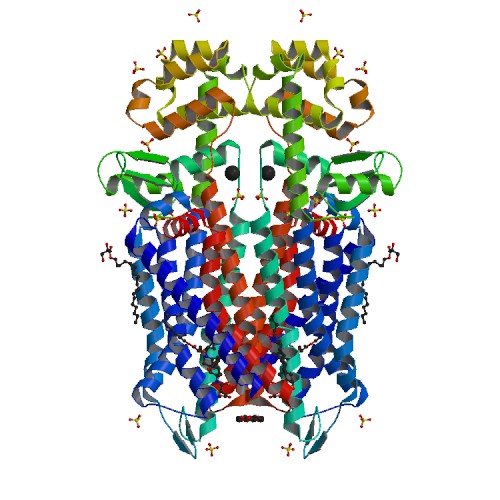
Kratom Overdose Cases
Whether you’re a friend or foe of kratom, you may come across isolated news stories about kratom-related overdoses and/or wrongful death cases involving kratom. Given the lack of respiratory distress or other obvious mechanism that would create lethal side effects, many medical researchers are skeptical that overdosing on kratom is a plausible explanation for these deaths.
There are alternative explanations, however. For one thing, it’s possible that a kratom manufacturer sold a kratom product contaminated (knowingly or unknowingly) with a more dangerous substance. There are also studies being conducted to investigate whether kratom may interact with a person’s metabolism in such a way that increases the danger posed by other substances in the person’s system. In fact, there have been well over 100 overdose deaths in which kratom and other substances were found in the person’s system.
An Incomplete Understanding of Opioid Receptors
It’s also important to note that there is still a ton we need to learn about opioid receptors themselves. For example, there are numerous subtypes or variants of the μ-opioid receptor. While it’s believed there may be around 10 types of opioid receptors, three of these variants have been well-described by their interaction with various opioids and through a complex laboratory procedure called reverse transcription polymerase chain reaction.
Some compounds, like TRIMU-5, are agonists to some opioid receptors but antagonists to others. The scientific community has also discovered that there are multiple transduction pathways connected to opioid receptors. This means that more than just knowing whether a compound is an agonist or antagonist, the individual pathways that are most activated in the presence of that compound—the functional selectivity—must be described to understand the clinical effects that are observed.
As we learn more about kratom and our opioid receptors, we may be able to more fully describe the mechanism that causes pain relief from kratom’s indole alkaloids. While this development is likely to take a long time if it ever happens, it could lead to more effective kratom products and extracts with tailored alkaloid profiles.
Does It Really Matter if Kratom is an Opiate?
Yes and no. It matters a great deal in keeping kratom off the DEA’s Controlled Substances List and maintaining broad public access to this promising herbal supplement. Likewise, the fact that kratom’s alkaloids don’t cause respiratory depression like most conventional opiates is a game-changer. Some people can even find a sweet spot dosing level that provides pain relief without significant drowsiness, another big difference and potential benefit.
On the other hand, to the extent that kratom can provide specific pain relief and broad analgesic properties, the classification doesn’t matter. It only matters if it works and what it costs (both financially and from unwanted side effects).
References
Webster L, Rauck RL. Atypical opioids and their effect on respiratory drive. NIH National Library of Medicine. J Opioid Manag. 2021;17(7):109-118. doi: 10.5055/jom.2021.0648. PMID: 34520032.
Anonymous. Follow the Science. American Kratom Association. Visited February 2024.
Halpenny GM. Mitragyna speciosa: Balancing Potential Medical Benefits and Abuse. NIH National Library of Medicine. ACS Med Chem Lett. 2017 Aug 8;8(9):897-899. doi: 10.1021/acsmedchemlett.7b00298. PMID: 28947930; PMCID: PMC5601368.
Bateman JT, Levitt ES. Evaluation of G protein bias and β-arrestin 2 signaling in opioid-induced respiratory depression. NIH National Library of Medicine. Am J Physiol Cell Physiol. 2021 Oct 1;321(4):C681-C683. doi: 10.1152/ajpcell.00259.2021. Epub 2021 Sep 1. PMID: 34469203; PMCID: PMC8560383.
Anonymous. μ-opioid receptor. Wikipedia. Updated January 2024.

